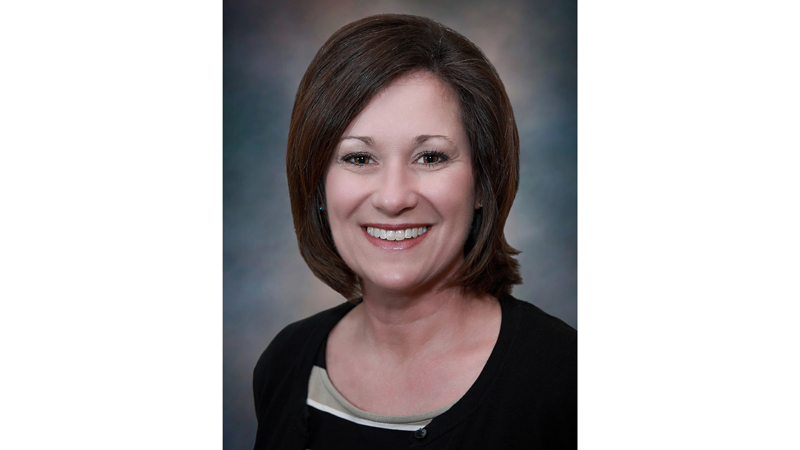Naquin: Diabetes – Are you at risk?
Published 12:00 am Wednesday, March 11, 2020
|
Getting your Trinity Audio player ready...
|
Diabetes affects some 30 million Americans—about one in every 10 people. Nearly 25 percent of people living with diabetes are unaware they have it. The numbers continue to rise with another 84 million estimated to be pre-diabetic. All in all, as many as 120 million Americans have diabetes or are at high risk of having the disease.
Diabetes occurs when your blood glucose, or blood sugar, is too high. Blood glucose, your main source of energy, is produced from food. The pancreas makes insulin that helps move glucose from food into your cells to be used for energy. Diabetes occurs when the pancreas makes too little or no insulin or the body becomes resistant to effects of the hormone.
The two most common types of diabetes are type 1 and type 2.
Trending
Type 1 occurs when the body stops producing insulin. When this happens, patients must take insulin daily. It can develop at any age but is typically diagnosed in children and young adults.
Type 2, the most common type, occurs when the pancreas does not make enough insulin or the body does not absorb it properly. While typically occurring in older adults, as obesity rates increase, it is becoming more common in children and young adults.
Gestational diabetes is sometimes developed by women during pregnancy. In most cases, their insulin production typically returns to normal levels after giving birth. However, their chances of developing type 2 diabetes are greater over the next five to 10 years.
As we age, our risk of diabetes increases. Family history of diabetes also puts you more at risk of developing type 2 diabetes, as does being overweight, physically inactive and having high blood pressure or high cholesterol.
Diabetes is a leading cause of disability, and people with diabetes are also subject to developing other health problems such as heart or kidney disease, stroke, eye or foot problems, dental disease or nerve damage.
Some signs or symptoms of diabetes are increased thirst or hunger, fatigue, increased urination, especially at night, unexplained weight loss, blurred vision, sores that don’t heal, numbness or tingling in the hands or feet.
Trending
If you are showing symptoms or have significant risk for diabetes, talk with your doctor about getting tested. When diagnosed early, you can often prevent or delay the onset of type 2 diabetes with lifestyle changes. You can lower risks by losing 5 to 7 percent of your body weight, exercising moderately 30 minutes a day, five days a week, and eating smaller portions and low-fat foods to reduce calories, while limiting fast foods and sweetened beverages.
Thibodaux Regional Diabetes Self-Management Services offer comprehensive services, including WellFit Diabetes Care, and a number of instructional and educational programs for people with diabetes.
WellFit Diabetes Care integrates medical care with wellness to help you manage the condition and lower your risks to give you the highest quality, most active lifestyle possible.
Each Wednesday, Thibodaux Regional conducts free glucose screenings from 8 to 10 a.m. at the Wellness Center.
For more information call Thibodaux Regional Diabetes Self-Management Services at 985-493-4765.
Wendy Naquin, RN, BSN, CDCES is the coordinator of continuing education and diabetes education with Thibodaux Regional Wellness Education Center.







